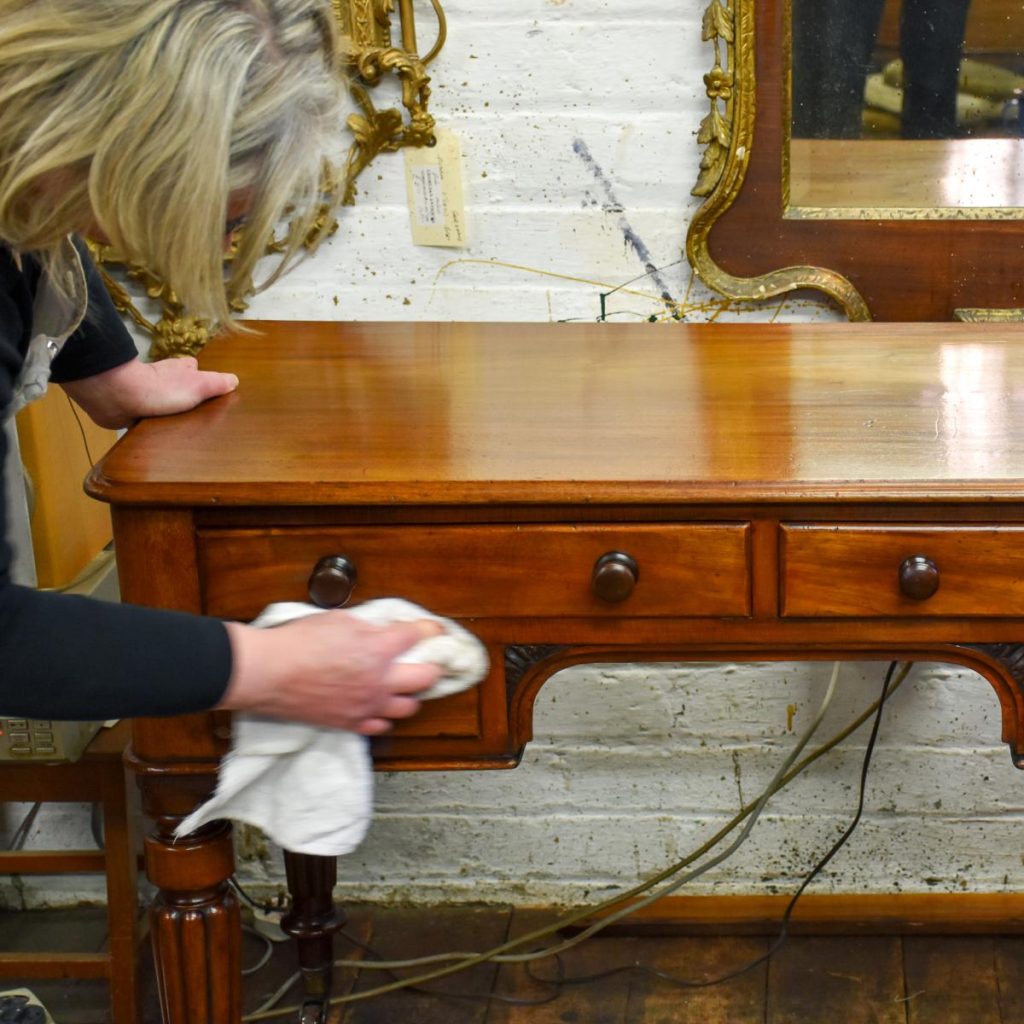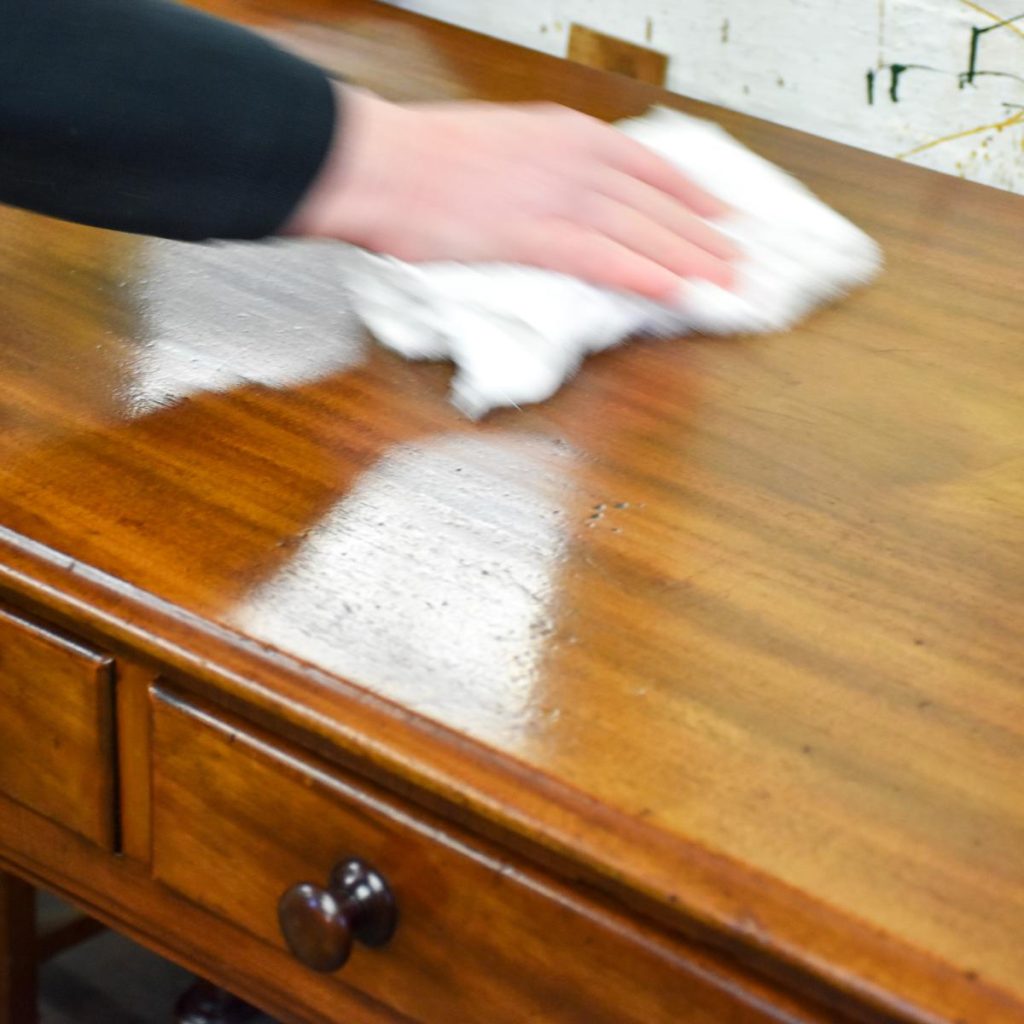Tips & Techniques to Look After Your Antiques
Helpful Hints from Yours Truly.

We have been looking through our archives and came across an old manual of ours full of information on how to look after your antique furniture. It is a resource that is too good not to share – we hope you find it useful!
We have picked out 5 topics to share with you, with many more to be covered in future articles. Enjoy reading the below:
1 – Cleaning
If cleaning is necessary, for example food spills on a dining room table, use a soft damp cloth or a clean chamois leather well wrung out. A weak solution of vinegar diluted in water can be used to clean more thoroughly but only on polished, undamaged wood. After cleaning, wipe again with a clean cloth rinsed in clear water and dry immediately with absorbent paper or a soft dry cloth.
2 – Waxing
Waxing with a good quality polish based on beeswax (not spray polishes), brings out the colour and grain of the wood and provides protection. Put a small amount of polish on a soft cloth and rub the piece until the wax shines and the cloth drags (pulls) on the surface of the furniture. This will burnish the surface and evaporate any solvent. Then polish with a clean duster. If possible, apply the wax at night to allow it to nourish the wood and polish it off the following day. If the wood has become very dry, the wax will soak in rapidly and should be applied regularly until a good patina has developed. Normally, wax polish need not be used more than once every 6 months as too much wax will cause dullness and absorb dust unless it is fully removed after each application. However, frequent dusting is important using a clean, dry, soft duster. This will encourage a hard skin to form which enhances the patina.

3 – Patina
A patina on the surface, built up over many years and even with old marks and damage, is part of the character and value of a piece of furniture and should be preserved. If the surface is badly damaged and needs restoration then consult a restorer for advice.
4 – Spillages
Spillages and wet rings left by glasses should be dealt with as soon as possible (we would advise using coasters!). Always allow areas that have become wet to dry thoroughly, which may take up to a week, before applying clear wax. If wax is applied while the wood is still damp more wax will be absorbed on the damp patch than the surrounding area and will then darken, leaving the appearance of an ink stain. White rings left by glasses on polished wood can sometimes be removed with a little Brasso applied with a soft cloth. Always work on a small area first in order to be sure the process is not damaging the surface. Candlewax can be lifted off in a slab when cold or can be warmed with a hot-water bottle wrapped in a clean cloth and then removed with a fingernail.
5 – Brass
Brass mounts and handles should not be polished with metal cleaners which can harm the wood around them and remove any gilding from the handles. A light burnishing while dusting should be enough to keep them bright. The gold finish on ormolu (gilded bronze) is very delicate and should not be polished. It should be handled as little as possible, as the acid in fingerprints can damage gilding, but it can be dusted gently with a soft brush.
There you have it – a few techniques to keep your antiques in pristine condition!
If you are looking for some new pieces to care for, enjoy browsing our site. Should any catch your eye please get in touch, we will be delighted to assist.
Kind Regards,
The Georgian Antiques Team